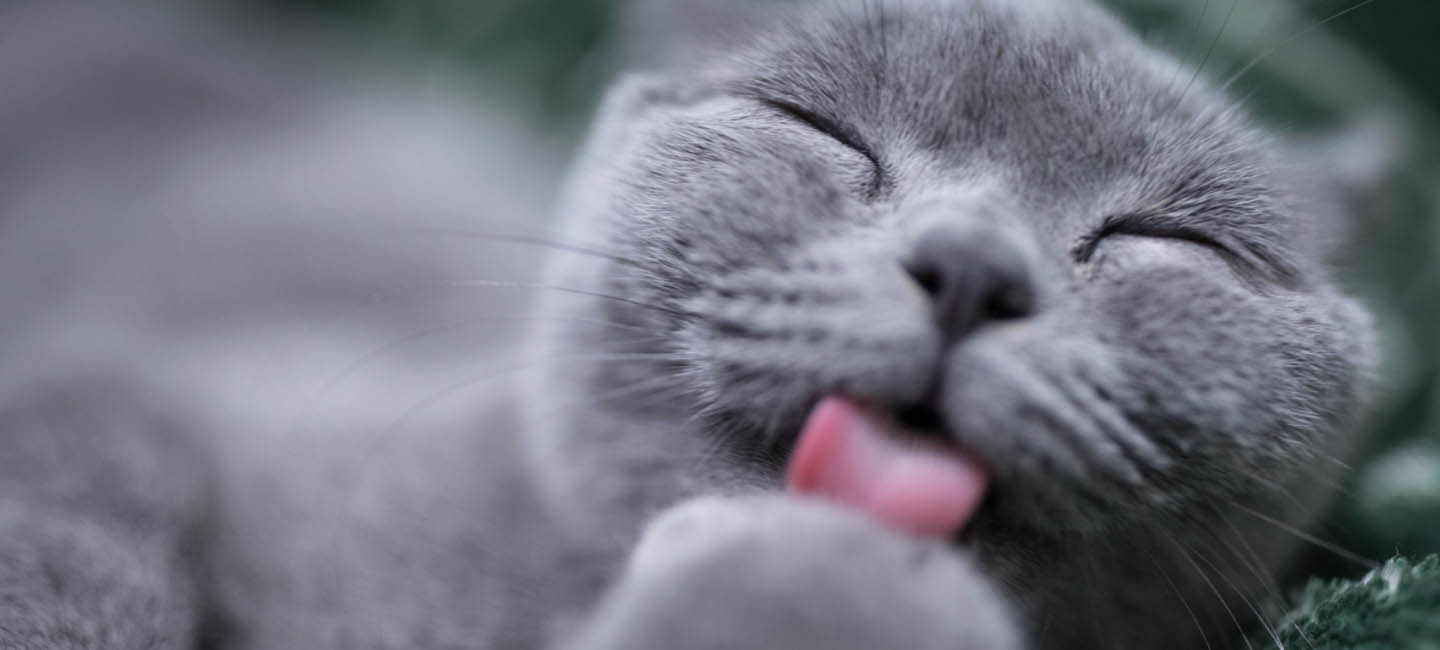Ultrasound

What is an ultrasound?
An ultrasound is a machine that operates by sending sound waves out through a hand-held probe or transducer. These sound waves go across the area the probe is applied to and these waves return back to the probe to create an image on the screen. The image will show a picture in shades of gray, white, and black, depending upon the density of the tissue that is being imaged. Based on the veterinarian’s experience, they can then compare the image they are seeing to a normal image and give feedback about their findings.
Does an ultrasound hurt?
An ultrasound is non-painful. It involves sound waves and uses that same imaging technology as used for prenatal imaging of pregnant mothers.
Will the sound waves of the ultrasound harm my pet?
No. The sound waves and radio frequency of the ultrasound are governed by government standards and emit as low as reasonably allowed (ALARA) frequencies.
Are there things that the ultrasound cannot image through?
Yes. The ultrasound cannot see through bone and cannot create an image in the presence of a lot of air. As an example, the ultrasound is not an effective tool for imaging the lungs unless there is fluid present or if the lesion is close to the probe.
What will I need to do to prepare my pet for an ultrasound?
Your pet will need to be fasted (no food) for 12 hours, as the presence of food in the stomach can obscure imaging of the stomach, pancreas, and surrounding areas which are important in a complete, successful ultrasound study. If your pet is diabetic, please call for specific instructions. Special arrangements will be made to perform further imaging if a specific area is not seen well.
Why does my pet need to have some of its hair removed for an ultrasound?
To achieve optimal imaging, we will need to shave a small area of fur off to provide maximal contact of the ultrasound probe to get the best image possible. The presence of hair will reduce the quality and completeness of the study. The hair will grow back the same color and texture as before. To aid with imaging quality we use a water soluble gel to improve the contact of the ultrasound probe. In some very thin coated patients, we can just wet the fur down to do an ultrasound but often this is not the case.
Will the ultrasound diagnose cancer in my pet?
No. The ultrasound is a tool to help pull together a clinical picture and group of findings to move closer towards a more definitive diagnosis. Through the doctor’s experience and clinical expertise, they can review the images from the ultrasound and offer possible diagnoses and recommend a course of further diagnostics or treatments based on their findings. The only way to definitively diagnose cancer is through a biopsy or aspirate of tissue that is read by a pathologist.
Will my pet need to be sedated or under anesthesia during the ultrasound?
No, sedation or anesthesia is not needed for routine ultrasound. If a patient is painful or fractious the use of a sedative may be suggested. If this is the case, we will discuss this with you prior to administration.
How long will the ultrasound take?
Most often, the ultrasound will take 35–55 minutes to be completed. Some studies can take longer if the Doctor performing the ultrasound wants to image a specific area of interest for a longer time. If the Doctor images both the chest and the abdominal cavity, the ultrasound examination will take longer.
Can I be present for my pet’s ultrasound?
In general we do not have the owners present for their pet’s ultrasound. This allows the doctor to focus maximally on the ultrasound without distractions. With no distractions, our doctors will be able to get the best possible ultrasound study performed on your pet. Additionally, for insurance reasons and the safety of all, just as in the human hospital, there are some areas that are staff-only access.
Will the imaging gel harm my pet if they lick it?
The imaging gel is water soluble and non-toxic. It is similar to K-Y jelly and can easily be wiped off or brushed out from the fur after it is dry. It is not harmful if your pet licks it when grooming. We try out best to wipe off, dry, and brush out the fur after each ultrasound to help keep your pet well groomed in appearance.
Contact Us
CARE Veterinary Center
Location
1080 W Patrick St. Frederick, MD 21703
Clinic Hours
Main Hospital – 24/7, 365 daysSpecialty – By appointment, M-F, 9am-5pm